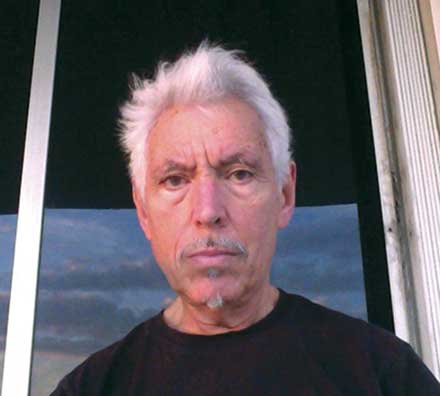PAUL KAINEN, GEORGETOWN UNIVERSITY
The successful use of photonics in biomedical science is not being translated into its implementation in retail medicine. This unfortunate trend is seen in a BioPhotonics article by Gary Boas, who asked, “UV-VIS Spectroscopy in the Clinic — What’s Stopping It?” In this November 2014 article, Boas examined the details of a particular area of application — namely, UV to visible-range light in the endoscopic diagnosis of cancer and other diseases. He concluded that, aside from caution on the part of clinicians, the chief obstacle reaching retail medical markets is economic.

Paul Kainen.
Paradoxes in mathematics are a good thing because they show something is wrong, which can then be fixed. The contradiction between the success of biophotonics in research and the lack of commercial biophotonic devices is a great opportunity for progress.
According to the scientists involved in the development of endoscopes utilizing elastic scattering spectroscopy and angle-resolved low-coherence interferometry techniques, both technologies are absolutely ready for commercial implementation and could be incorporated into endoscopic biopsy tools. However, it appears these techniques have not yet been approved by the FDA for clinical use. Without that approval, funding is very hard to get and neither technique is commercially available. One of the scientists, Dr. Irving Bigio of Boston University, claimed that venture capitalists are risk-averse and will pay nearly a billion dollars to buy a company with an established — and FDA-approved — technology. But “they won’t spend $5 million to fund a new idea that will open a whole new product area.”
Medical devices exist in a fragmented market and the technologies they utilize are undergoing rapid evolution and may be in competition with one another. Getting FDA approval for a single-purpose device is not worth the wait and the risk of rejection. And no one is doing the massive exploration of treatment parameters, which will be needed to take light-based therapies from esoteric to standard.
There is a way to change the equation. We should define the kind of devices that we would like to have available and then establish large — billion-dollar-range — prizes for meeting the requirements. Smaller prizes don’t provide sufficient incentive for investment. This would require the creation of novel social and legal structures by lawyers, economists and politicians, while the precise technical conditions to be achieved would be formulated by potential users and the biophotonically educated public.
For instance, a 21st century endoscope shouldn’t be a retrofit of a mechanical forceps. Instead, any mechanical aspect ought to be miniaturized, under optical observation and computer-control, enabling much smaller and more precise incisions when required. With such an endoscopic device, a physician would be able to look inside the patient, determine what is wrong, and then take steps to correct it — with therapy first and surgery only as a last resort. And if the surgery is done, all via the same miniature incision and in one continuous procedure, recovery will be much improved due to the accuracy and minimal nature of the cutting or ablation.
Twenty billion dollars is a conservative estimate for the amount that the United States could save by developing such a device. And this doesn’t include the value of earlier and more accurate detection and of facilitating therapy, as well as synergies with other photonic medical instruments and procedures. Hence, a $2 billion prize, plus an appropriate share of the device’s income stream, might be reasonable.
This is only the tip of the iceberg of the medical revolution that photonics can make possible. With a $100 billion grand prize for a cure for cancer or life extension, consortia of venture capitalists, crowd-sourcing groups and sovereign wealth funds would be well-motivated to invest in competing scientific teams looking for treatment parameters that can heal wounds, reduce pain, facilitate sleep and maybe achieve the grand prize.
Meet the author
Paul Kainen is a professor of mathematics at Georgetown University in Washington, D.C.; email: [email protected].
The views expressed in Biopinion are solely those of the author and do not necessarily represent those of Photonics Media. To submit a Biopinion, send a short abstract outlining proposed topic to [email protected].
Accepted submissions will be reviewed and edited for clarity, accuracy, length and conformity to Photonics Media style.